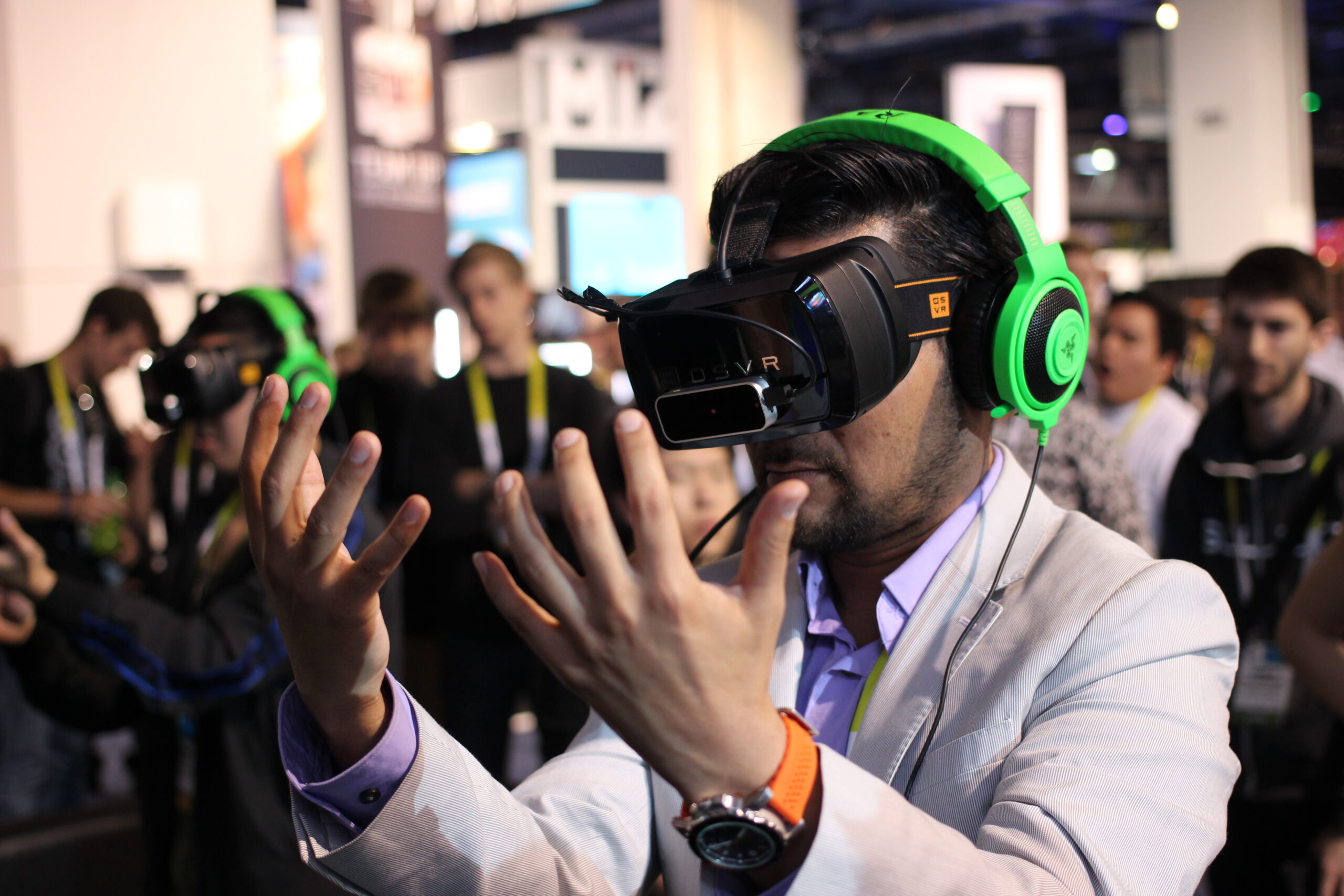
The virtual reality (VR) market is set to be worth $70 billion by 2020 propelled by consumers’ growing interest in new audiovisual experiences.
Researchers predict VR hardware will account for $20 billion while software will hit $50 billion.
According to TrendForce, the industry will reach $6.7 billion in 2016, up from today’s $2.3 billion, with 14 million devices shipped. By 2020, the firm anticipates a growth of 40% in the number of shipments to 38 million headsets.
When combined with augmented reality (AR) technology, these two markets are set to reach $150 billion in revenues by 2020, according to Digi-Capital. However, the firm predicts VR to account for only $30 billion of the $150 billion share.
.png)
Both firms predict that users’ interest for uploading and sharing their works on platforms such as Facebook and YouTube will result in the growth of user-generated VR content that will in turn attract more consumers.
Speaking to CBR, Doug Magyari, CEO of VR/AR firm IMMY said that much work still needs to be done until the right VR headset is put out to the market.
He said: "The products these companies [Oculus, Samsung, and others] are putting out are very premature. The optical elements that have been used in the current devices create a lot of distortion and abstraction, and the eye needs to work on that, which is exhausting.
"[These companies] are not optics people, and the breakthrough starts with optics."
Jason Tsai, TrendForce wearable device analyst, also said that the development of the VR industry is not solely based on wearable devices launched by major hardware vendors such as Sony, Oculus and HTC. He said: "Much of the growth drive also comes from independent developers that contribute innovative apps to the VR industry.
"Since making apps does not have a high entry barrier, there has been a proliferation of non-commercial software made by students, independent developers and content providers. Major device vendors are therefore aggressively courting these independent developers."






